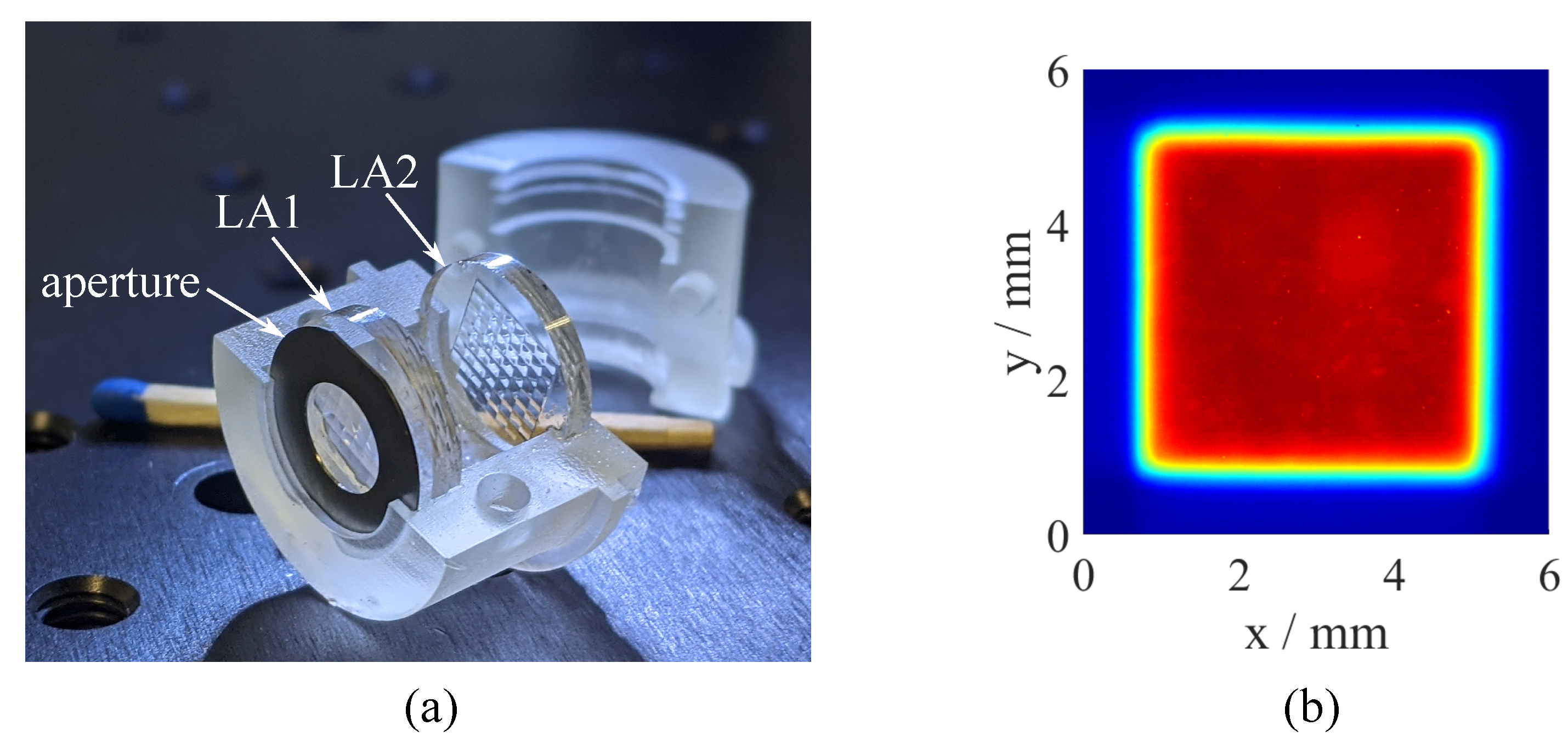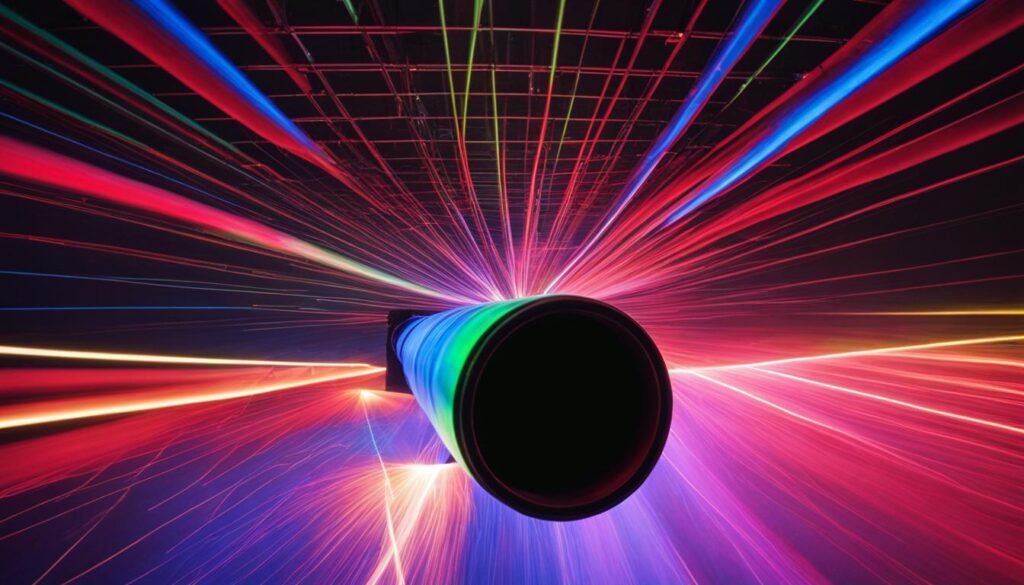Contents

Source: MDPI
Understanding Beam Homogenizers: An Essential Component in Optical Systems
Introduction to Beam Homogenizers
Beam homogenizers are optical devices utilized to transform a non-uniform light distribution into a uniform one. They are essential in various applications where consistent illumination is critical. Whether used in laser systems, imaging applications, or illumination setups, beam homogenizers play a pivotal role in ensuring high-quality outcomes.
Types of Beam Homogenizers
Light Pipes
Light pipes are a common form of beam homogenizers. They are typically constructed from materials such as fused silica, which offers excellent light transmission properties. These pipes can be straight or bent, with some designs allowing bending angles up to 90 degrees. The shape of the light pipe, whether hexagonal, square, or round, significantly impacts the efficiency and uniformity of the light distribution.
Refractive Homogenizers
Refractive homogenizers use lens arrays to achieve a uniform beam profile. These devices are capable of handling high power levels due to the materials used, such as fused silica. They are particularly effective for applications requiring a controlled and consistent light output.
Custom Beam Homogenizers
For applications with specific requirements, customized beam homogenizers can be designed. These bespoke solutions cater to unique beam shapes and sizes, ensuring optimal performance for specialized tasks. Materials such as nBK7 and sapphire are often used, providing flexibility and precision in design.
Key Features and Benefits
Beam homogenizers offer several advantages, including:
- Extraordinary Homogeneity: Some homogenizers achieve up to 1% non-uniformity, ensuring consistent light distribution.
- High Numerical Aperture (NA): This feature allows for efficient light collection and distribution.
- High Fill Factor: Ensures maximum use of the available light.
- Retention of Polarization: Maintains the polarization state of the input light.
- Optical Efficiency: Achieves up to 90% efficiency, minimizing light loss.
- Cost-Effectiveness: Offers high performance at a relatively low cost.
Applications of Beam Homogenizers
Beam homogenizers are used in a wide range of applications, including:

Source: MDPI
Feel free to comment your thoughts.



